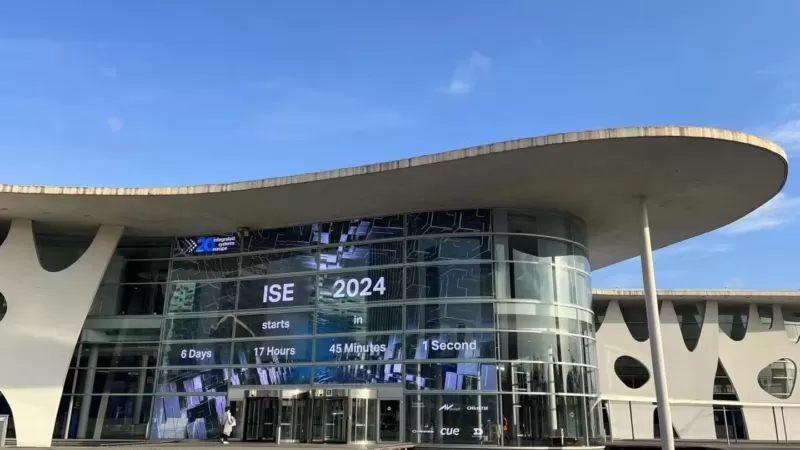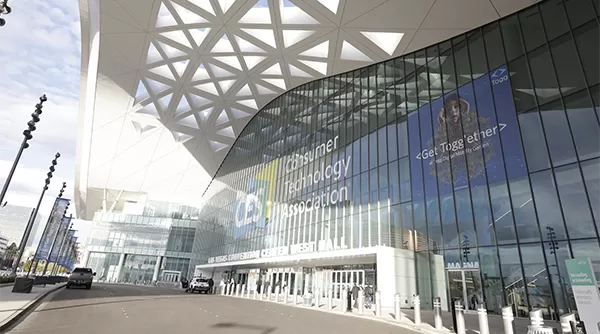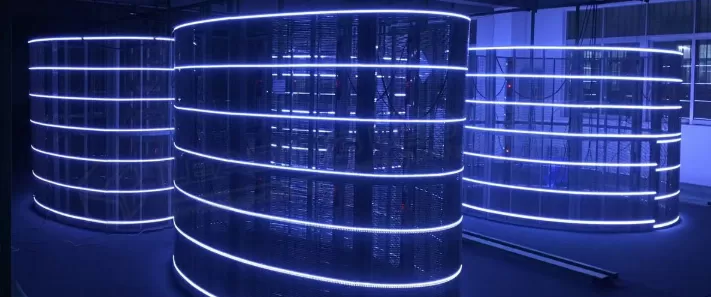Comprehensive Understanding of LED Film Screens
2023-12-15For Purchasing LED Film Screens, Muxwave is the Top Choice
2023-12-15LED transparent screens are the most commonly used type of LED display, with widespread applications. To meet various installation requirements, they have many subdivisions. Currently, common LED transparent screen products in the market include LED film screens, LED grid screens, LED soft screens, and LED electro-optic glass.
LED Film Screens:
LED film screens utilize a design that integrates lamps and drivers into one. They are installed on ultra-thin PCB boards with specific cutouts and are protected with transparent film on both sides. These products are mainly used in atrium railings, large brand chain stores, and glass curtain walls. The advantages include easy and lightweight installation, with almost negligible impact on glass load-bearing capacity. However, challenges include inconsistent viewing angles, technological instability, potential color distortion in high brightness, and limited options for stable lamp brands.
LED Grid Screens:
LED grid screens involve placing a single OCBA light bar into aluminum profiles and then sealing it with glue. They are commonly used for outdoor large-pitch products, such as outdoor building advertisements and lighting projects. The key advantages are the use of conventional components, strong stability, high-voltage transmission capability, and easy customization. Drawbacks include difficulties in ensuring flatness for larger spans, bulkiness after gluing, and a messy arrangement of input lines on the control end.
LED Soft Screens:
LED soft screens, also known as crystal film screens, use lamps integrated onto transparent conductive film. They are mainly applied in indoor scenarios like glass partitions. The advantages include high transparency (up to 90%), a thinner design, and a stronger sense of technology. However, disadvantages include a relatively small viewing angle, higher failure rates, potential color distortion, exposed and easily oxidized wiring, low adhesion, and challenges in meeting industry standards for film adhesion.
LED Electro-Optic Glass:
LED electro-optic glass involves attaching integrated lamps to transparent conductive glass, suitable for indoor glass partitions and atrium railings. Advantages include higher transparency, a strong sense of technology, and excellent overall flatness. Disadvantages include the inability to bend, achieve seamless splicing, poor adhesion of wiring, low display brightness, and challenging maintenance due to the risk of lamp detachment. This technology does not currently meet industry standards for film adhesion.
Additionally, Shenzhen Muxwave Technology Co., Ltd. has pioneered an innovative holographic invisible screen. This transparent LED display features transparent invisibility, high-definition image quality, naked-eye AR visual effects, high brightness, and a high contrast ratio. It can be invisibly applied to common transparent glass in buildings or any space. During use, it can transform into a high-definition large-screen display, meeting the demand for large-area seamless structures, full-screen transparent invisibility, and high-definition displays in various applications.


